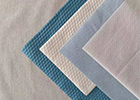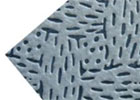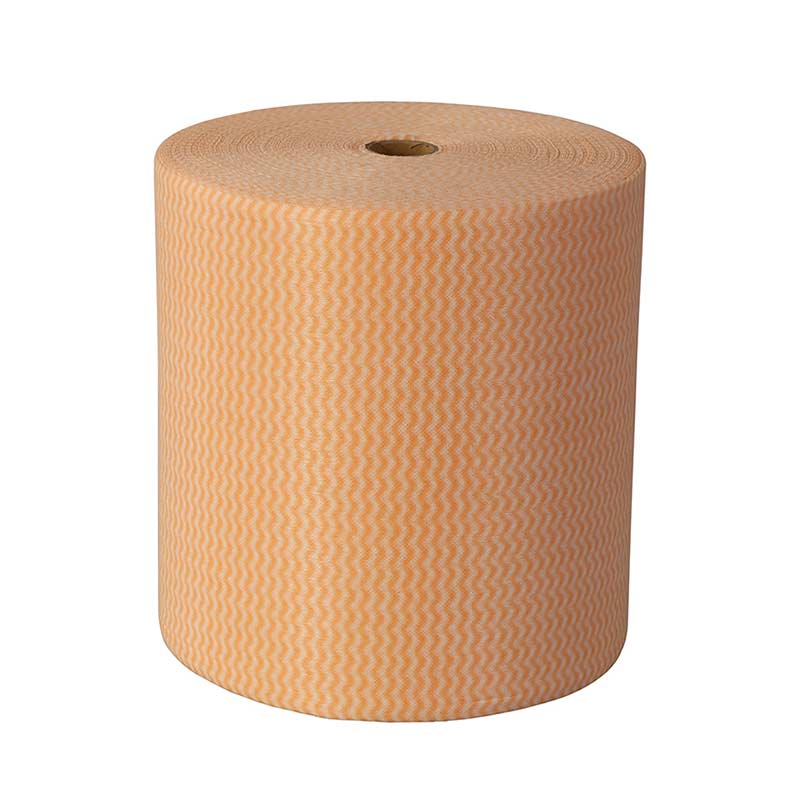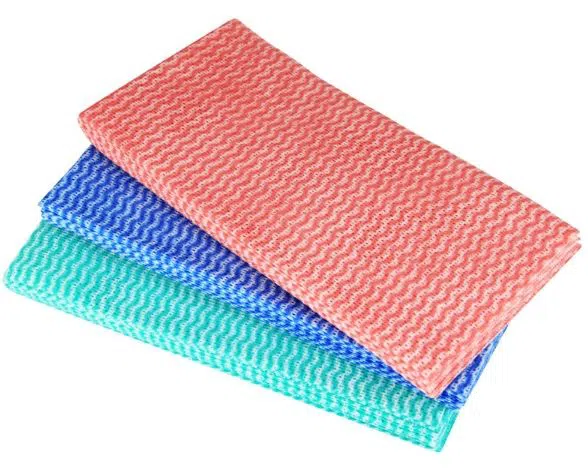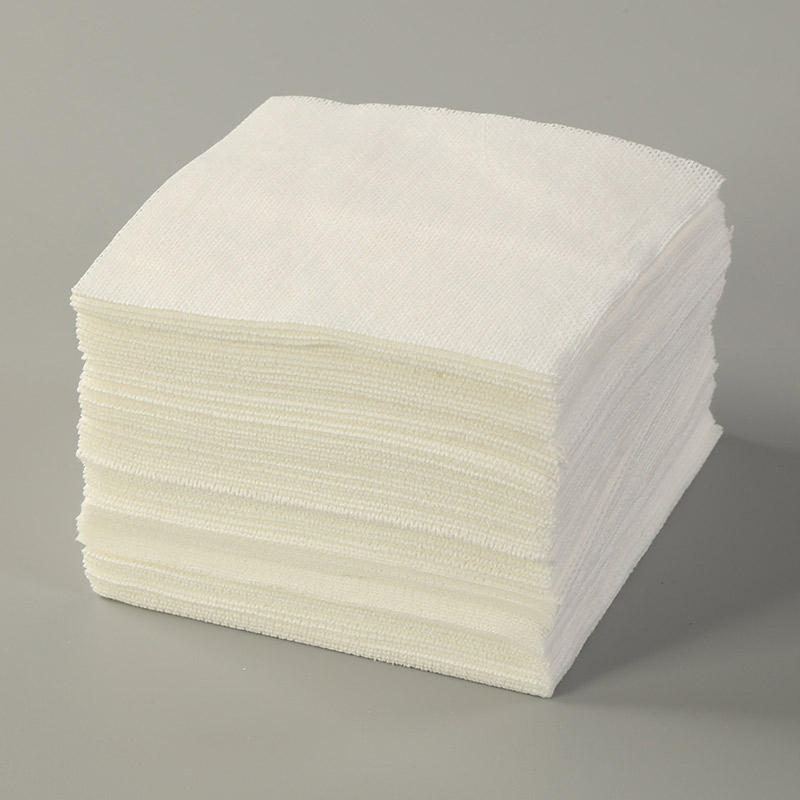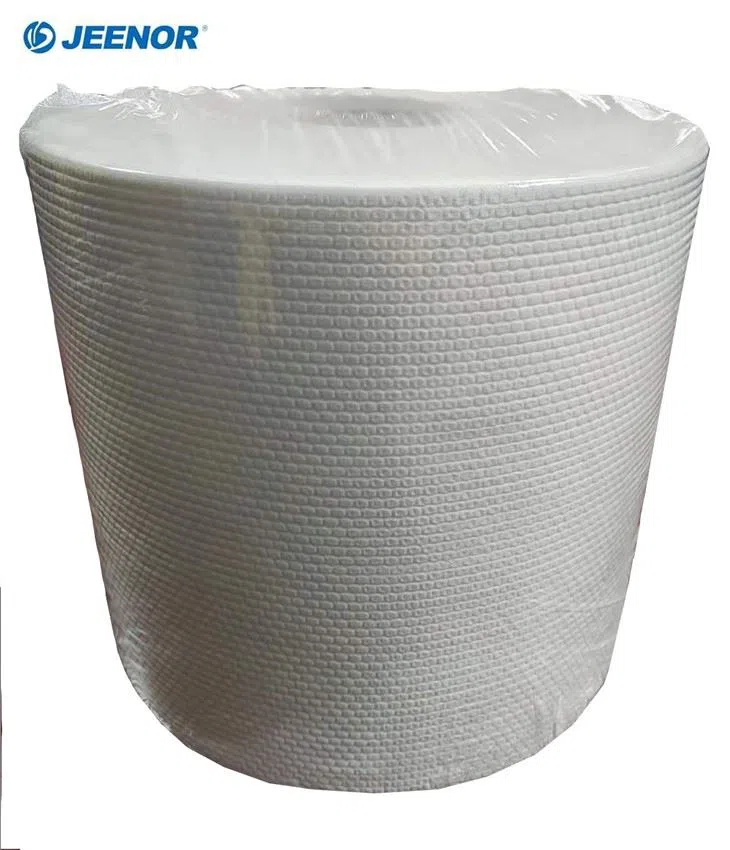What are the main application areas of meltblown materials
What are the main application areas of meltblown materials
Meltblown materials have a wide range of applications, the most common of which are filtration and adsorption. Meltblown materials are used as filters in air and water purification systems, oil separators, and absorbents for spills and leaks. What are the main application areas of meltblown materials?
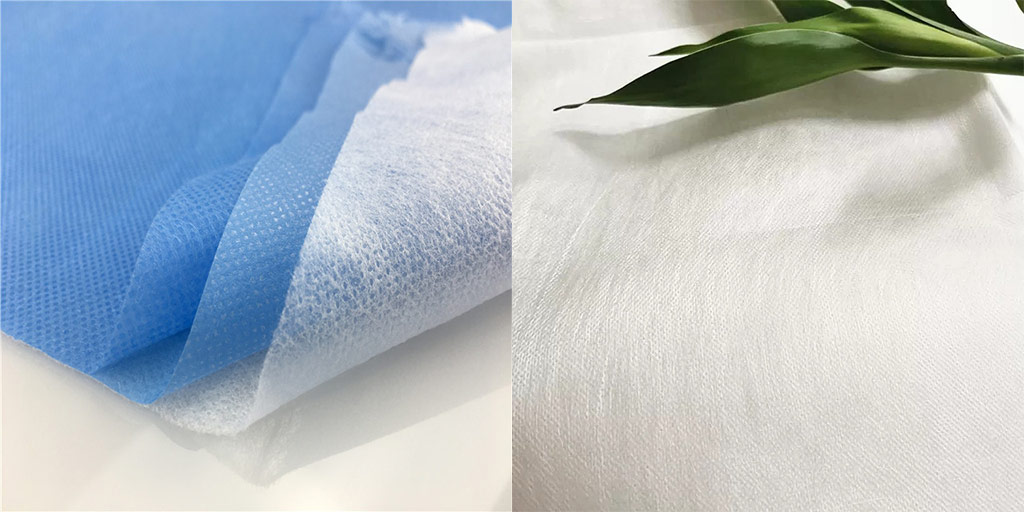
(1) Medical and sanitary cloths: surgical gowns, protective clothing, disinfection wraps, masks, diapers, women's sanitary napkins, etc.
(2) Home decoration fabrics: wall coverings, tablecloths, bed sheets, bedspreads, etc.
(3) Clothing for clothing: lining, adhesive lining, flakes, shaped cotton, various synthetic leather base fabrics, etc.
(4) Industrial cloth: filter material, insulating material, cement packaging bag, geotextile, covering cloth, etc.
(5) Agricultural cloth: crop protection cloth, seedling raising cloth, irrigation cloth, thermal insulation curtain, etc.
(6) Others: Taitai Dangerous Store empty cotton, thermal insulation and sound insulation materials, Zhicai shaving invitation linoleum, cigarette filter Yuansin pedal, tea bags in bags, etc.
The melt-blown cloth filter material is randomly distributed and bonded together by polypropylene microfibers. The appearance is white, smooth and soft. The fiber fineness of the pulp and material is 0.5-1.0μm. The random distribution of the fibers provides more .
Therefore, the melt-blown gas filter material has a larger specific surface area and a higher porosity (≥75%). After high-pressure electret filtration efficiency, the product has the characteristics of low resistance, high efficiency, and high dust holding capacity.

Meltblown product use
Meltblown products are used in a wide variety of applications, including filtration, absorbents, and wipes. They are also used as a raw material for other products such as face masks and surgical gowns. Meltblown products are made from a variety of polymers, including polypropylene, polyethylene, and polyester. The most common method for producing meltblown products is the meltblown process, which uses high-speed air to blow molten polymer through small holes in a die. This process creates a fine, fibrous material that can be used in a number of applications.
Meltblown products are made from a special type of plastic that is melted and then extruded through a die to form very thin, strong strands of material. These strands are then bonded together to form a nonwoven fabric. The resulting fabric is very strong and can be used for a variety of applications, such as filters, pads, and liners. Meltblown products are commonly used in the automotive, construction, and medical industries.
Meltblown fabric is made from polypropylene and is used in a variety of applications, including personal protective equipment (PPE), filtration, and absorbent products. The material is made by melting polypropylene pellets and extruding the resulting molten polymer through a fine mesh to form strands of fabric. The fabric is then drawn through a series of rollers to stretch and orient the strands, before being collected on a take-up reel.
Meltblown manufacturer
Meltblown fabrics are made from extremely fine polymers with diameters ranging from 2.5 to 10 microns. The manufacturing process of meltblown fabric is similar to that of other nonwoven fabrics; however, the key difference is that meltblown fabric is produced by extruding molten plastic through a die containing hundreds of small holes, resulting in long, thin strands of material that quickly cool and solidify. Meltblown fabric has a wide range of applications, including filtration, absorbency, insulation, and more.
Meltblown fabric is a nonwoven fabric made from meltblown polypropylene. It is used as the filter layer in surgical masks and N95 respirators. Meltblown fabric is also used in oil absorbents, battery separators, and medical applications such as wound dressings.
Meltblown fabrics are produced by extruding molten polymer through a die with hundreds of small holes to form fine fibers. The meltblown process can be used to create fabrics with very fine fibers, ranging from 2 microns to 10 microns in diameter. The resulting fabric has a porous structure with a large surface area that can absorb and filter particles effectively.
Meltblown manufacturers produce a fabric made from extremely fine fibers of polypropylene. This fabric is used in a variety of applications, including personal protective equipment (PPE), air and water filtration, and medical supplies. Many meltblown manufacturers have increased their production in response to the COVID-19 pandemic.
Meltblown fabric is made by melting polypropylene pellets and extruding the molten polymer through a fine mesh screen. The resulting fibers are collected on a conveyor belt and cooled. The fabric is then rolled and shipped to customers.
Meltblown fabric has a wide range of applications due to its unique properties. The fabric is lightweight, yet strong and durable; it is also highly absorbent and can filter out very small particles. These properties make it ideal for use in PPE, such as masks and respirators, as well as air and water filters.
The advantages of meltblown production in China's meltblown processing plants
Meltblown production in China has many advantages, including lower labor costs, shorter production times and less waste. In addition, Chinese meltblown processing plants often utilize cutting-edge technology that results in higher quality products. As a result, products made in China's meltblown processing plants are often more durable and longer lasting than those made in other countries.
The Chinese meltblown industry has developed rapidly in recent years, with the production of meltblown cloth increasing from 2,000 tons in 2013 to 400,000 tons in 2018. This growth is attributable to the growing demand for meltblown fabric in a wide range of industries, including filtration, insulation, and absorbent materials.
Meltblown fabric is made from polymers such as polypropylene and polyester. The fabric is produced by melting the polymer and extruding it through a die with small holes. The resulting filamentous material is then blown onto a collector screen to form a nonwoven web.
Meltblown fabric has a number of advantages over other types of nonwoven fabric. First, it has a very high surface-area-to-volume ratio, which makes it ideal for applications requiring good filtration or absorbency. Second, the small diameter of the meltblown fibers gives the fabric a high degree of flexibility, which is useful in
Meltblown production in China's meltblown processing plants has many advantages. One advantage is that the Chinese government provides a lot of financial support to these plants. This allows them to purchase high-quality raw materials and hire experienced personnel. Additionally, these plants are able to take advantage of economies of scale, which results in lower production costs. As a result, they are able to produce meltblown fabric at a very competitive price.
About spunlace nonwoven
Hangzhou Jeenor Industrial Co., Ltd., manufacturers and converts nonwoven materials at factories in Hangzhou-near Ningbo port and Shanghai port. The company was founded in 2008, formerly called Hangzhou Jeenor Cleaning Supply Co., Ltd.With roots in spunlace nonwovens, we began producing in 2008 on one line, expanded these two years with two additional spunlace lines, and can currently make 9,000 tons of spunlace nonwovens in widths ranging from 1.5 to 3.5 meters per year.




